Need a caffeine fix while travelling across Asia? The region is home to many drinks that have make their mark on the world of coffee. This illustrated guide gives you a taste of some of the most iconic brews.
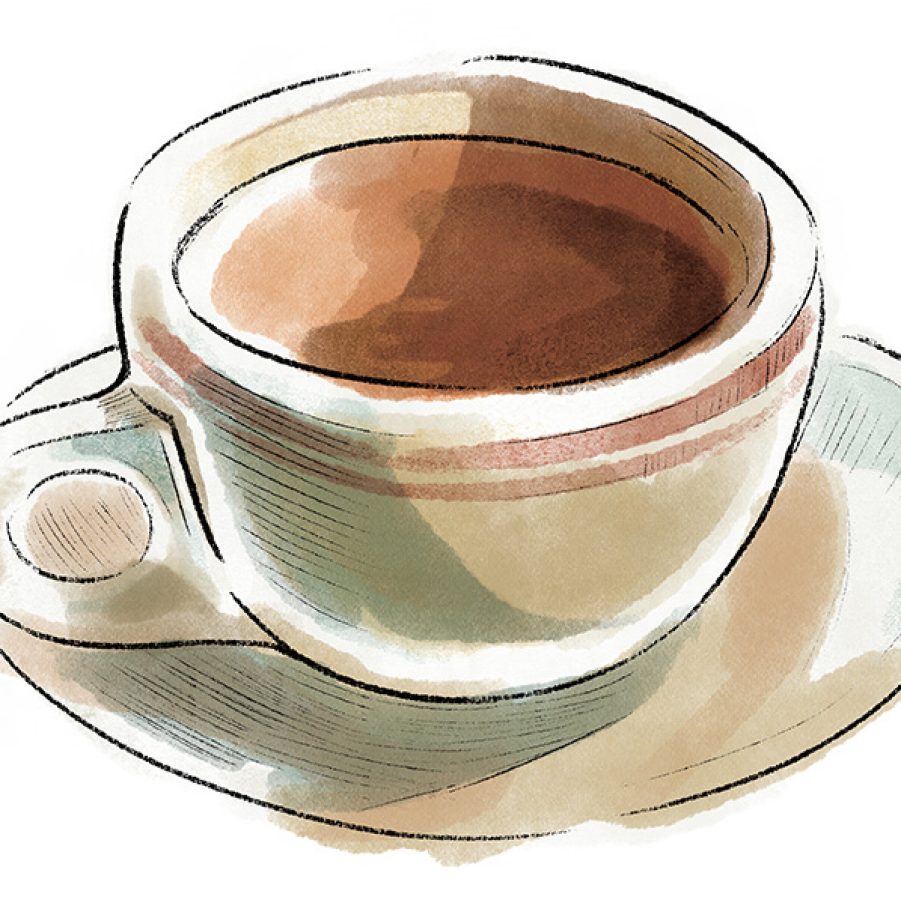
Credit: Tony Leung
Yuen yeung, Hong Kong SAR
A staple in dai pai dong and cha chaan teng since the 1950s, yuen yeung is a drink that symbolises Hong Kong’s East-meets-West identity. Making yuen yeung involves mixing the classic milk tea, brewed with Ceylon black tea and filtered in a sackcloth bag resembling women’s stockings for an extra-smooth texture, with coffee. The perfect yuen yeung has a tea-to-coffee ratio of seven to three. Got a sweet tooth? Order the yeung zau (鴛走) – a richer version of the drink made with condensed milk instead of evaporated milk.
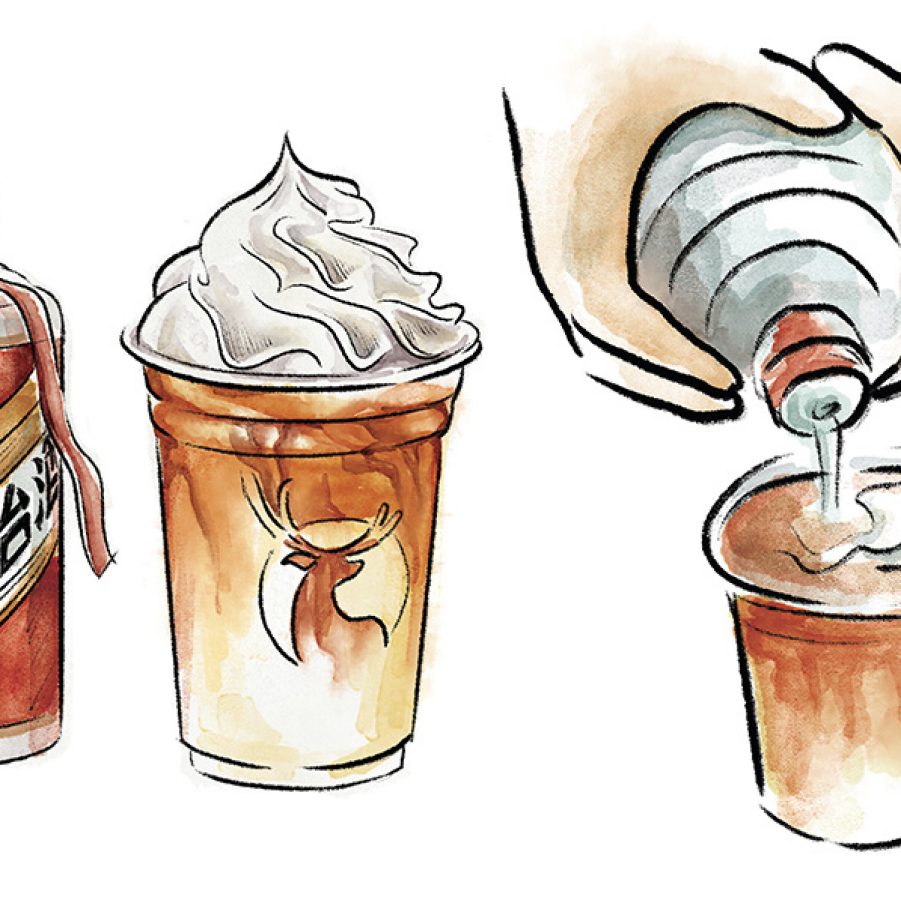
Credit: Tony Leung
Moutai latte, Chinese Mainland
A bit of baijiu in your coffee, anyone? Hordes of coffee lovers in China gave a resounding “yes” when Luckin Coffee launched a Kweichow Moutai-flavoured latte last September. The drink was an instant hit, generating tens of millions of views for its Weibo hashtag within hours and selling 5.42 million cups across the country on the first day. The recipe is simple: shots of espresso are topped with Moutai-infused milk to create a heady concoction. While some likened the drink’s flavour to fermented tofu, many others enjoyed the light buzz it offers.

Credit: Tony Leung
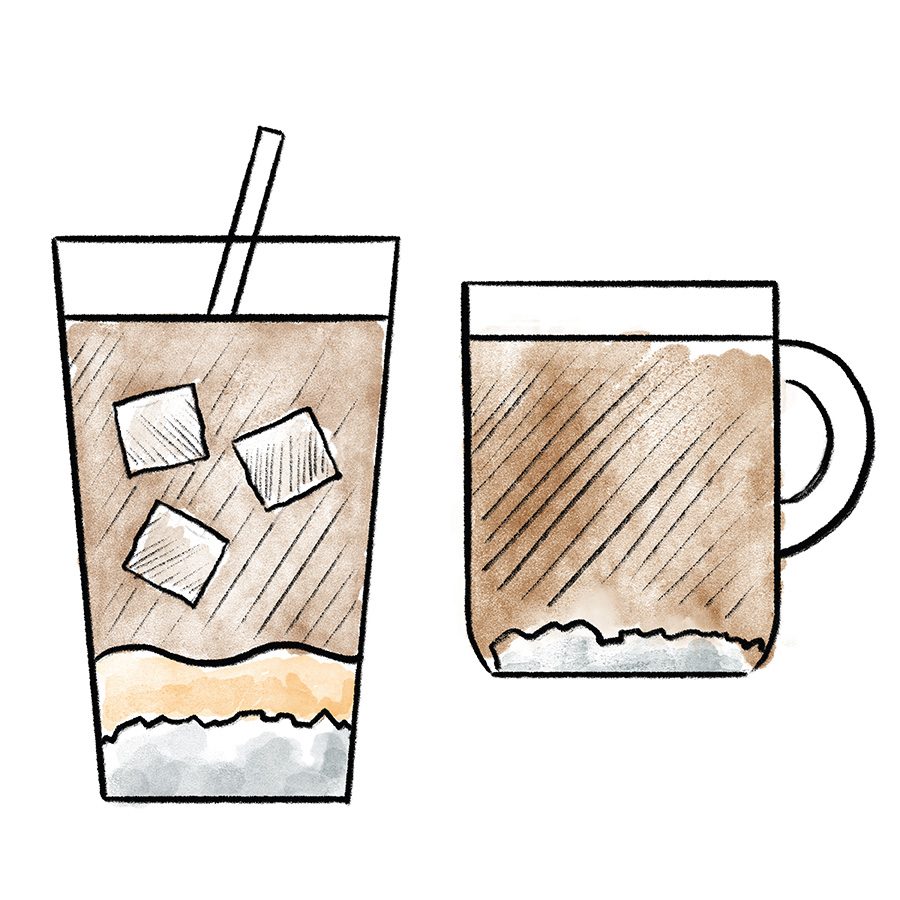
Credit: Tony Leung
Kopi, Singapore
Kopi, meaning coffee in Malay, has been enjoyed throughout Maritime South East Asia since the 1800s. It’s traditionally made from Indonesian robusta beans, which are roasted with margarine and sugar to minimise their bitterness. Milk and sugar are usually added to create a rich, creamy treat. Every morning, kopitiam (coffee shops) and hawker centres across Singapore serve the drink with kaya toast and soft-boiled eggs – the quintessential breakfast trio for residents of the Lion City. Place the order like a local by using kopi terms that specify how you want your drink, such as kopi o (black coffee with sugar) and kopi peng (iced coffee with sugar and condensed milk).
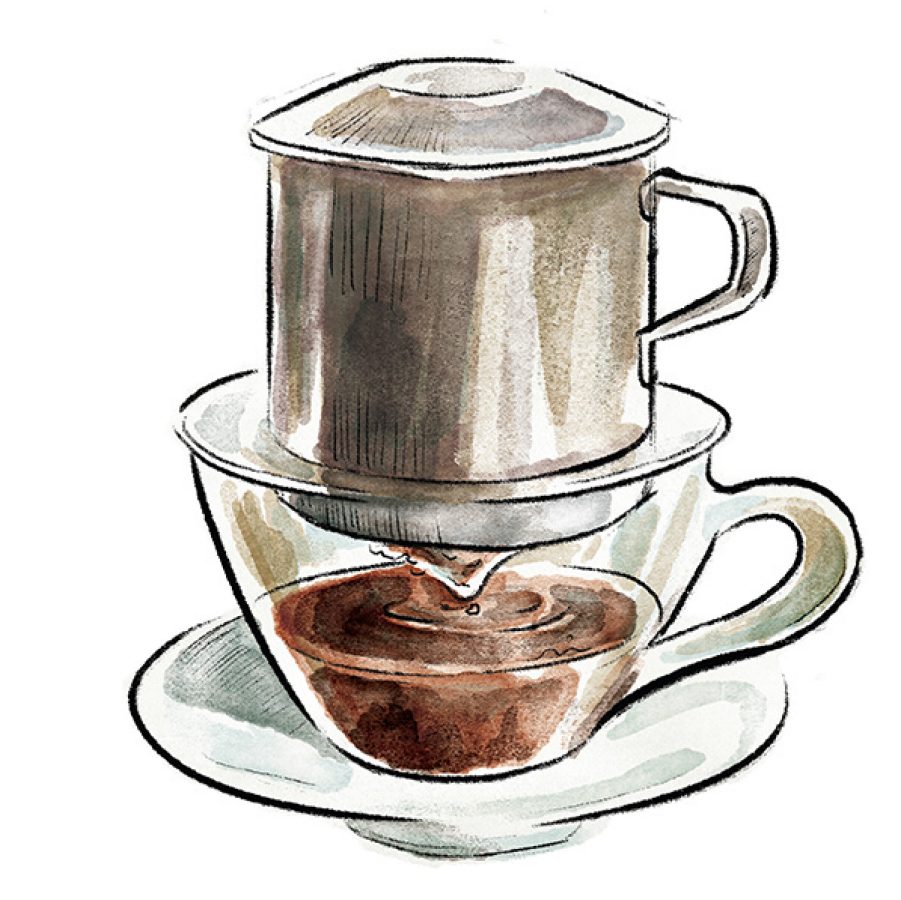
Credit: Tony Leung
Vietnamese drip coffee, Vietnam
Hundreds of motorcycles speed by as you sit on a short plastic stool at a roadside coffee stall in Hanoi or Ho Chi Minh City. It’s the best setting to enjoy a cup of Vietnamese drip coffee and watch the world go by. Vietnam is the world’s largest producer of robusta beans, which are commonly used to make the drink. Add two teaspoons of ground coffee into a phin filter, add hot water and let the coffee drip for about seven to eight minutes. Ice and condensed milk are added to create a Vietnamese iced coffee – the perfect treat to beat the heat.

Credit: Tony Leung
Oliang, Thailand
Oliang, or Thai iced coffee, is a more robust alternative to the famous Thai iced tea. Meaning “black and iced” in the Chaozhou dialect, oliang is made from roasted robusta beans, sorghum, tamarind and cardamom, which are ground into powder and brewed with a tungdtom coffee filter. Corn syrup and ice are added to create a refreshing, rich, sweet iced black coffee with smoky, nutty notes from the ingredients. At about THB25 (HK$6) each, the humble drink is often served in a plastic bag and can be bought at drink stalls across Thailand.

Credit: Tony Leung
Iced Americano, South Korea
Eol-juk-ah, an abbreviated Korean term meaning “iced Americano, even if I freeze to death”, epitomises South Korea’s obsession with the drink, which is a staple in every Korean coffee shop. Even on sub-zero winter days, you’ll find locals sipping an ah-ah – the local nickname for the drink made with shots of espresso served over ice and topped with water. The love stems from its trendiness – ah-ah has been featured in many K-dramas, and K-pop idols like BTS’s Suga have been spotted carrying it around, turning it into a must-have accessory.
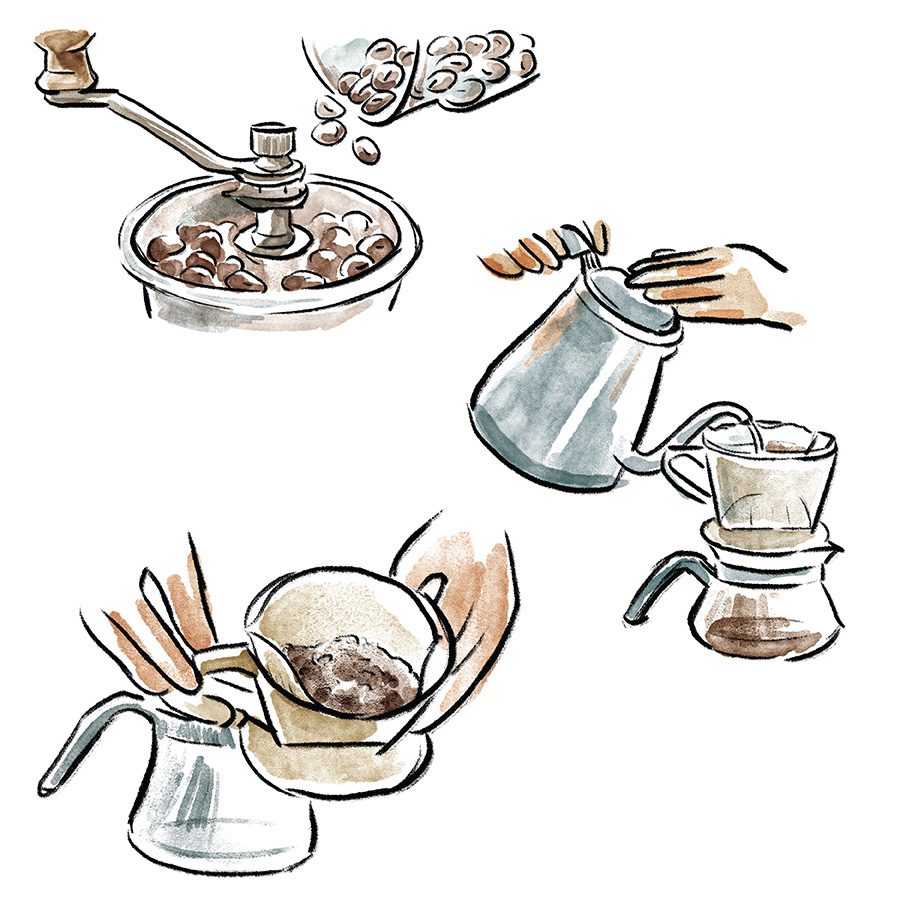
Credit: Tony Leung
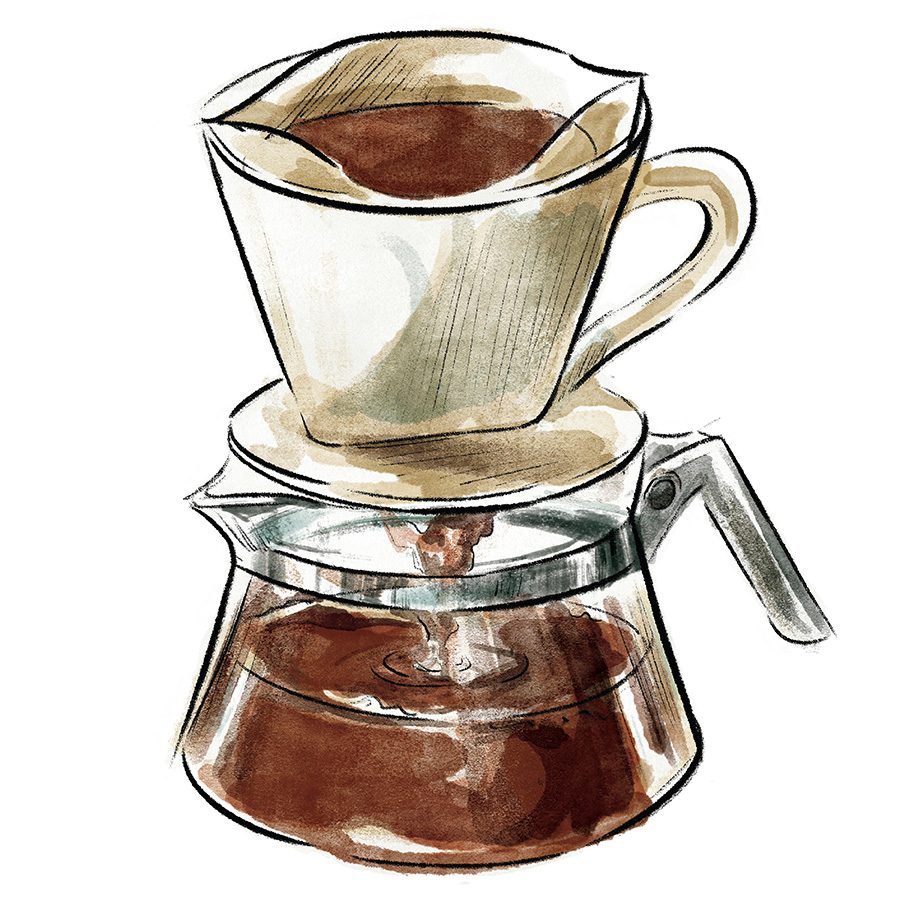
Credit: Tony Leung
Pour-over coffee, Japan
Instead of espresso from high-tech machines, Japan’s penchant for pour-over coffee best represents the nation’s respect for craftsmanship. Since the 1960s, Japanese baristas have been perfecting the art of the pour-over. It’s a manual process that allows the coffee maker to have more control over every aspect of the brew. Arabica beans are ground to the right consistency and placed in a filter and over a mug. Then, water at the optimal temperature is slowly and carefully poured into the filter to produce a bright liquid that resembles tea. Next time you’re in Japan, visit a traditional kissaten for a pour-over coffee and to while an afternoon away.
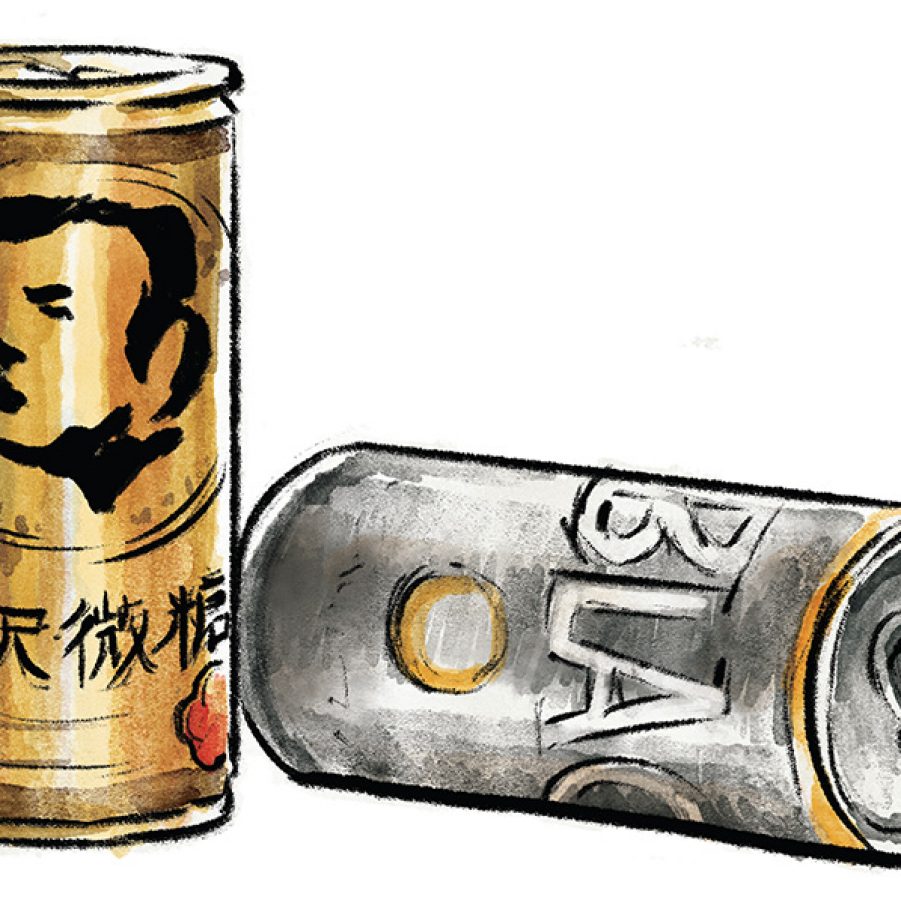
Credit: Tony Leung
Japan's canned coffee
Japan is home to more than 5.5 million vending machines and 50,000 konbini convenience stores, and canned coffee has always been one of the most popular items. Canned coffee first appeared in Shimane prefecture in 1965 and was later popularised by Japanese coffee label UCC.
Today, many variations of these ready-to-drink canned drinks are available on every street corner in Japan, offering a cheap, quick caffeine fix for the nation’s hardworking salarymen and time- pressed coffee lovers.
More inspiration
- China – the Chinese Mainland, Hong Kong SAR, Macao SAR and Taiwan Region
- Hong Kong SAR - English
- Chinese Mainland (China) - English
- Taiwan China - English
- 香港特別行政區 - 繁體中文
- 中国內地 - 简体中文
- 中國台灣 - 繁體中文
- Africa
- South Africa - English
- Asia
- Bangladesh - English
- Korea - English
- Singapore - English
- Cambodia - English
- 한국 - 한국어
- Sri Lanka - English
- India - English
- Malaysia - English
- Thailand - English
- Indonesia - English
- Maldives - English
- ประเทศไทย - ภาษาไทย
- Indonesia - Bahasa Indonesia
- Myanmar - English
- Vietnam - English
- Japan - English
- Nepal - English
- Việt Nam - tiếng Việt
- 日本 - 日本語
- Philippines - English
- Australasia
- Australia - English
- New Zealand - English
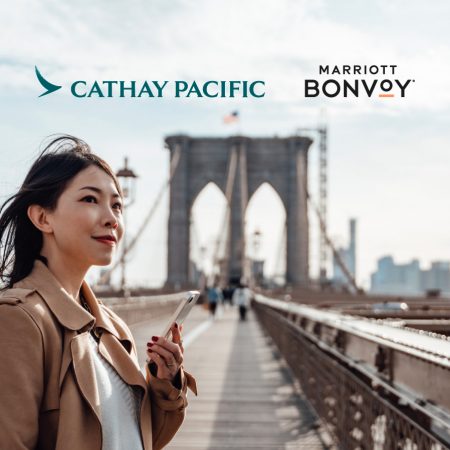
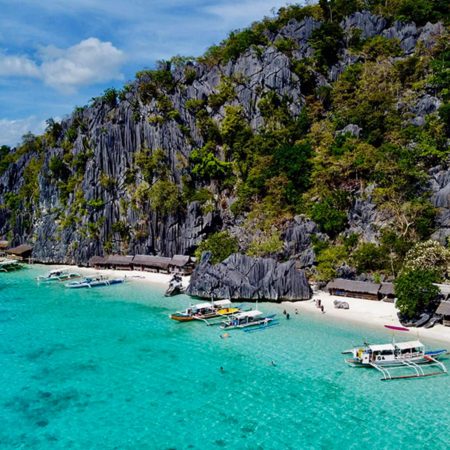



.renditionimage.450.450.jpg)

